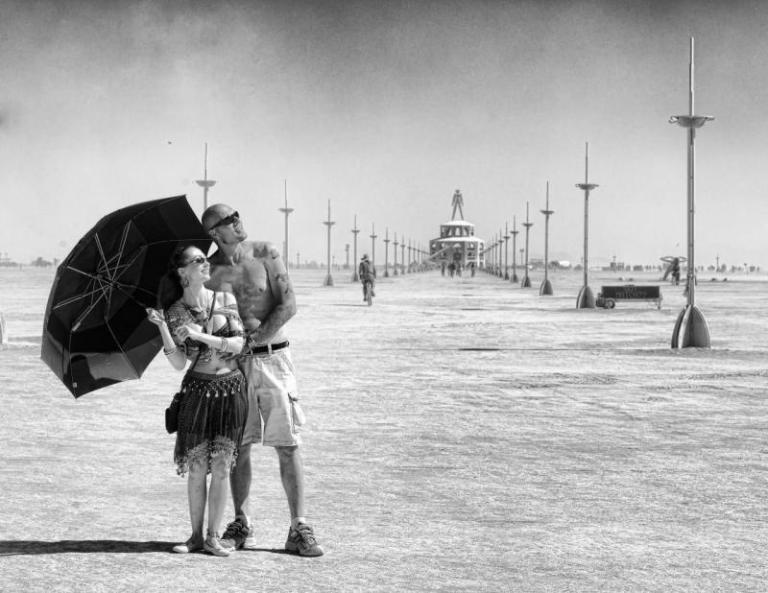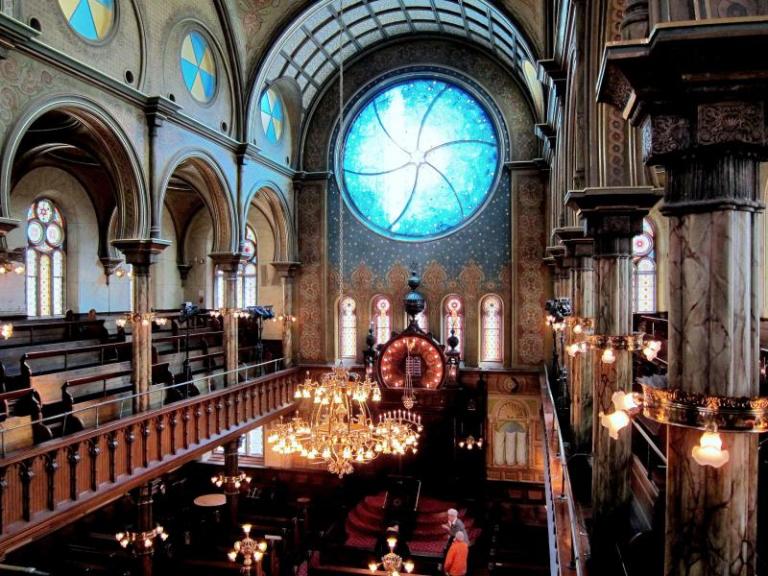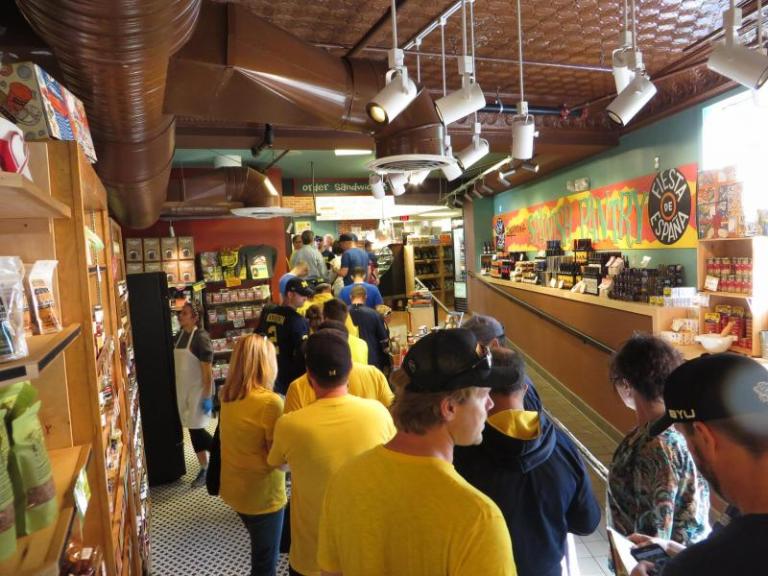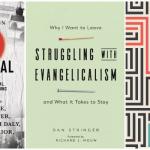In her fascinating book, Beyond the Synagogue, Rachel Gross describes a wide range of activities that help American Jews find meaning and connection: visiting historic synagogues, conducting Jewish genealogy research, eating Jewish foods, and sharing Jewish stories and toys with children. According to Gross, these activities are not only expressions of Jewish nostalgia, but important and often overlooked forms of American Jewish religious practice.
She details these aspects of American Jewish life not only to illuminate the significance of Jewish deli cuisine and Rebecca Rubin the American Girl, but to offer an assurance to her readers: despite claims to the contrary, American Judaism is thriving. In so doing, Gross takes issue with the scholars who point to the decline in synagogue attendance and participation in Jewish community centers as evidence that there is a “continuity crisis” in American Judaism. But these scholars, Gross argues, are “looking for Judaism in all the wrong places.” Take a look beyond the synagogue, she argues, and you can see that Jewish religiosity is actually not in decline. In fact, it’s flourishing.
Gross makes an important point that applies not only to the study of American Judaism, but to the study of religion more generally, and it is that people often practice religion and form religious communities outside congregations, through activities and in spaces that appear to be non-religious. Congregations and the activities that take place within them have long been the starting point for understanding American religious life. But Gross, like many other recent scholars of American religion, urges us to rethink our assumptions about where we might locate religious life and what we might count as religious practices. Religious life is vibrant outside the walls of churches, temples, and synagogues, and if we’re willing to shift our attention away from congregations, we’ll be rewarded with a more nuanced, complex, and realistic view of American religion.
Why has the study of American religion focused so heavily on churches, temples, and synagogues? There are many reasons, not least of which is the fact that both scholars and religious people have largely accepted that, as R. Stephen Warner argues, “the religious component of civil society in the U.S. is organized along broadly congregational lines.” In the U.S., congregations are a well-established form of religious organization. Although the congregational form is rooted in American Protestantism, other groups, from Hindus to Hmong animists, have institutionalized their beliefs, practices, and communities in the form of religious congregations.
Studying churches, temples, and synagogues is also relatively straightforward. You can find them in the phone book or in an online directory. You can see them when you walk down the street. You can count them, categorize them, and map them. The conspicuous presence of congregations and the numerous ways that they facilitate relatively tidy research about the messy topic of religion make them an obvious and practical choice.
In addition, congregation-focused research often benefits from generous financial support. Institutions that are ideologically invested in the health of congregations are often financially invested in research about congregations. Take, for example, the Lilly Endowment, which has an explicit commitment to “the vitality of congregations” and provided 115 grants through its recent Thriving Congregations Initiative. In this funding context, religion scholars are incentivized to study congregations.
Finally, and perhaps most important, the longstanding focus on congregations is the product of Protestant assumptions that continue to shape how people think and write about religion. The beliefs, practices, and communities that are recognized and respected as “religious” in the U.S. tend to have characteristics that are commensurable to the features of Protestantism: a clergy, a scripture, a creed, a church. Indeed, these are the criteria used by scholars and casual observers alike when they look for religion in the real world. In the same way that beliefs and texts continue to be the focus of the analysis of American religious life, congregations continue to serve as the primary setting.
Congregations are no doubt useful and important to study, but focusing on congregations has important drawbacks. For one, it limits our ability to understand religious groups that have a history of practicing rituals and creating communities outside of formal religious institutions. Many groups–Hindus, for example–have a rich tradition of conducting rituals at home.
Even when studying religious groups that organize themselves around churches, temples, and synagogues, a narrow focus on congregations–and a narrow understanding of religion in general–means that we can miss opportunities to engage in important forms of belief, practice, and community that are located elsewhere. Here, Gross’s work on American Judaism is instructive. As she argues, congregation-focused research does not offer an adequate representation of the vitality of American Judaism. If you consider only the number of people who regularly attend services at synagogues, she says, you might get the impression that American Judaism is stagnating. But if you look elsewhere, you can witness the dynamism of American Judaism, which is practiced in a variety of surprising and innovative ways.
If we don’t focus on synagogues, churches, and temples, where else can we look to find American religious life? Here are some ideas for alternative sites of religious life beyond the synagogue, church, and temple.
Homes
Workplaces
Schools
Gyms
Activist organizations
Restaurants, groceries, and markets
Online spaces
Festivals

The ideas and examples above are only a starting point. Where else can you find religious life? And what else might we be able to see if we make the effort look beyond the synagogue, church, and temple and witness the richness and creativity of religious life that exists beyond congregational walls?















